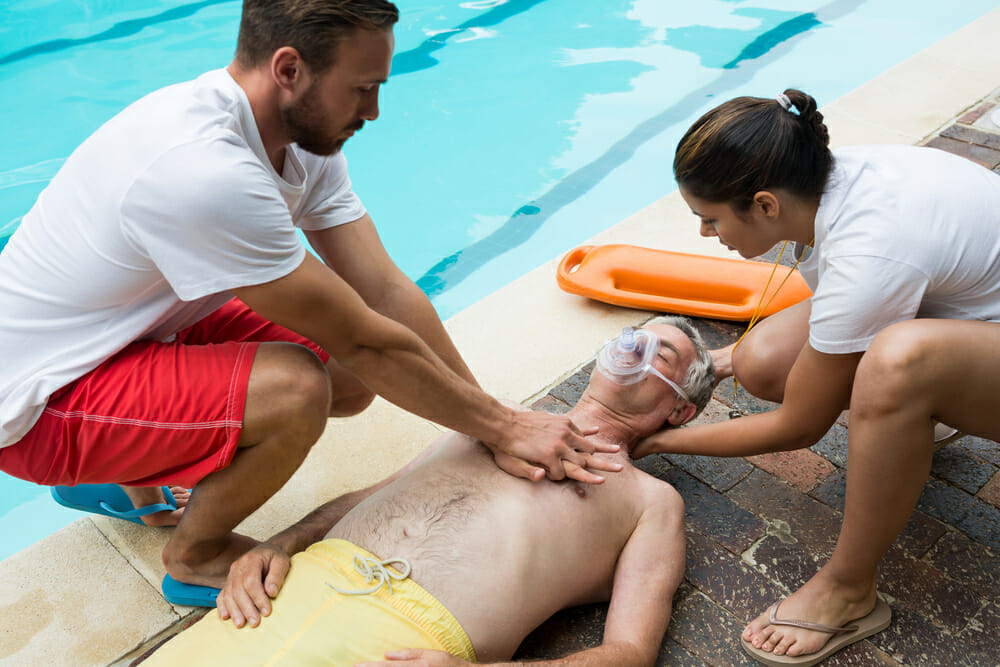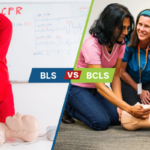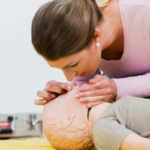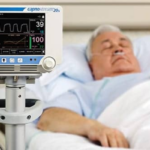
- Last Updated On: May 17, 2024
Tips on How to Deal With 5 Most Common Medical Emergencies
Knowing how you could be of medical assistance to a victim of five different medical emergencies before the arrival of medical help.
Once an accident occurs there lies a very thin line between life and death and that is how the bystanders react to the situation. Human life is very valuable, and there is a great way to assist in emergency situations. Recording activities like accidents or other medical emergencies on your phone to post on social media offers no actual help to the victims. This is why there has been an increased awareness of why more people need to take on the first aid classes online. Know how to properly contain a medical emergency situation.
Most common medical emergencies
The following are among the most common medical emergencies that may need immediate medical intervention or could lead to death.
Heart attacks
What is a heart attack? You have to first comprehend that heart attacks are when the human heart gets insufficient blood to pump, and this causes the damaging of cells and the death of heart muscles. The symptoms of heart attack are common inclusive of chest pains, losing breath, fainting, sweating and even pain in the jaws, shoulders, and neck.
Upon occurrence, a heart attack victim needs immediate medical assistance to recover. Hence, this is why more people need to train for cardiopulmonary resuscitation (CPR) to prevent a delay. CPR involves chest compressions and mouth-to-mouth breathing to help restore breathing to the victim. Remember delayed help may lead to more death of heart cells and muscles ultimately leading to brain death and eventually the body as a whole.
Stroke
A stroke happens when brain cells die as a result of insufficient oxygen supply. It may be noted through various symptoms like sluggish or no speech, limb weaknesses, facial weakness, blurred vision, dizziness, and even sudden collapse or fall. Reach out to a medical facility for help as the victim may have up to four hours to successfully survive the attack.
Painful Head Injuries
Head injuries are lethal and must be handled with extreme care. They are often caused by being hit hard on the head by heavy objects, like metal. It may manifest various symptoms like collapsing, loss of consciousness, dizziness, photophobia, and even unending headaches. If still conscious, ensure the administration of CPR to make airflow more freely. If unconscious, consider leaving them in that state and immediately seeking medical assistance. Applying ice can also be very instrumental especially when placed on swollen parts of the injured area.
Seizures
Convulsions often happen when the human body gets into wild, recurrent, and quick shaking of its muscles. The situation is often caused by abnormal or irregular electric impulses that occur in the brain. The most common symptoms may include drooling, abnormal movement of the eye, grunting and even teeth clenching. In most cases, seizures come and go on their own but that does not rule out the importance of first aid. First aid can be very beneficial in helping prevent any injury to the victim during the convulsion and also ensuring their breathing pathways are clear. Start by loosening their clothing and laying them down to prevent falling. Lastly, you can clear any objects around them to improve safety.
Conclusion
Take your first aid class online today and learn more first aid techniques that could help you save a life today.






